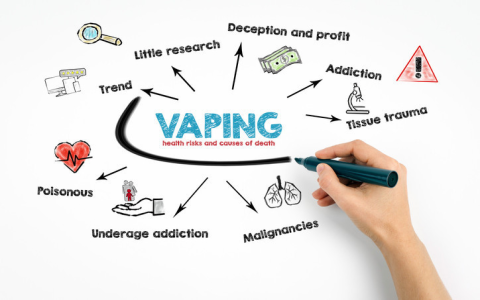Exposure to electronic cigarette emissions poses significant risks to infants. Key evidence-based facts for parents:
Chemical Hazards
- Nicotine is acutely toxic: Ingesting even small amounts of e-liquid can cause nicotine poisoning (vomiting, seizures, respiratory failure, death). Devices and refill containers are choking hazards.
- Ultrafine particles: Aerosols contain fine particulates that can penetrate deep into infant lungs, potentially worsening asthma and respiratory infections.
- Volatile Organic Compounds (VOCs): Emissions include known carcinogens like formaldehyde and acrolein, posing long-term health threats.
Secondhand & Thirdhand Exposure
- Airborne residues: Vaping indoors creates an invisible cloud of chemicals that infants inhale.
- Surface contamination: Nicotine and toxic compounds settle on floors, furniture, toys, and fabrics (“thirdhand smoke”). Infants touch these surfaces and put hands in their mouths.
Critical Protective Actions
- Never vape indoors: Always go outside, far from open windows or vents. “Stealth vaping” still releases toxins.
- Never vape in cars: Even with windows open, concentration levels remain dangerously high in enclosed spaces.
- Secure all devices and liquids: Use childproof locks on storage containers; treat e-liquid like potent medicine.
- Wash hands thoroughly: Before handling an infant after vaping.
- Advocate for vape-free environments: Ensure caregivers and visitors adhere to strict no-vaping rules around your baby.
The developing respiratory and neurological systems of infants are exceptionally vulnerable. There is no safe level of exposure to e-cigarette emissions for babies. Eliminating all indoor and proximate vaping is critical for infant health.









